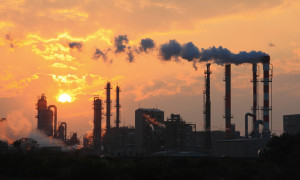You’ve probably heard of air quality alert days where is the air is dangerous to breathe, but what actually causes an air quality alert?
quality alert days where is the air is dangerous to breathe, but what actually causes an air quality alert?
Two things contribute to air pollution that can cause an air quality alert:
- Ground-Level Ozone – High-levels of ground-level ozone are frequently the cause of air quality alerts. Ground-level ozone is created by pollutants such as car exhaust and industrial fumes mixing with oxygen. This most often happens on hot, but dry sunny days with a light breeze. Ground-level ozone can trigger asthma attacks and decrease lung function.
- Particulate Matter – Particulate matter consists of pollutants such as dust, soot, ash and wood smoke. This is often caused by the burning of fossil fuels or other chemical processes. This type of air quality issue is most common on hot, humid days.
There are also different air quality alert color codes to be aware of:
- An orange air quality alert means the air is dangerous for sensitive groups, such as those with asthma or the elderly.
- A red air quality alert indicates it is starting to become dangerous for everyone.
- Purple and maroon air quality alerts—though rare—are extremely hazardous for all groups.
If there is an air quality alert, try to stay indoors with the windows shut, carry your rescue inhaler with you everywhere and consider a face mask if you need to go outside.
